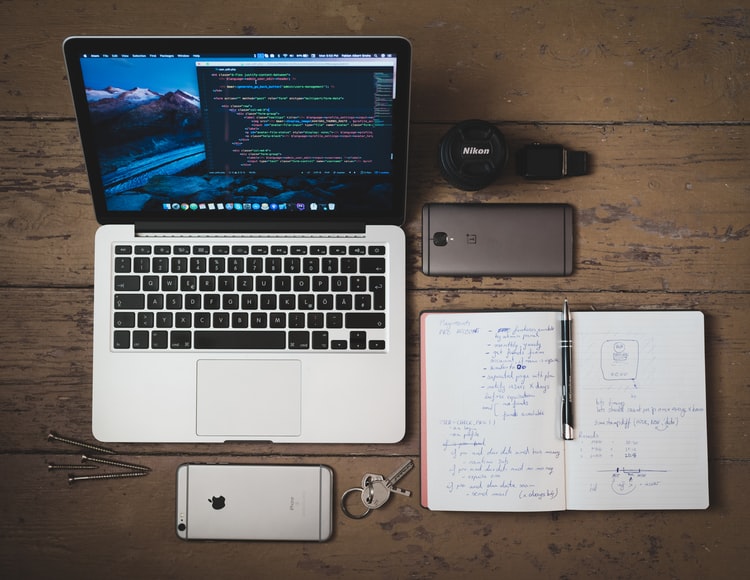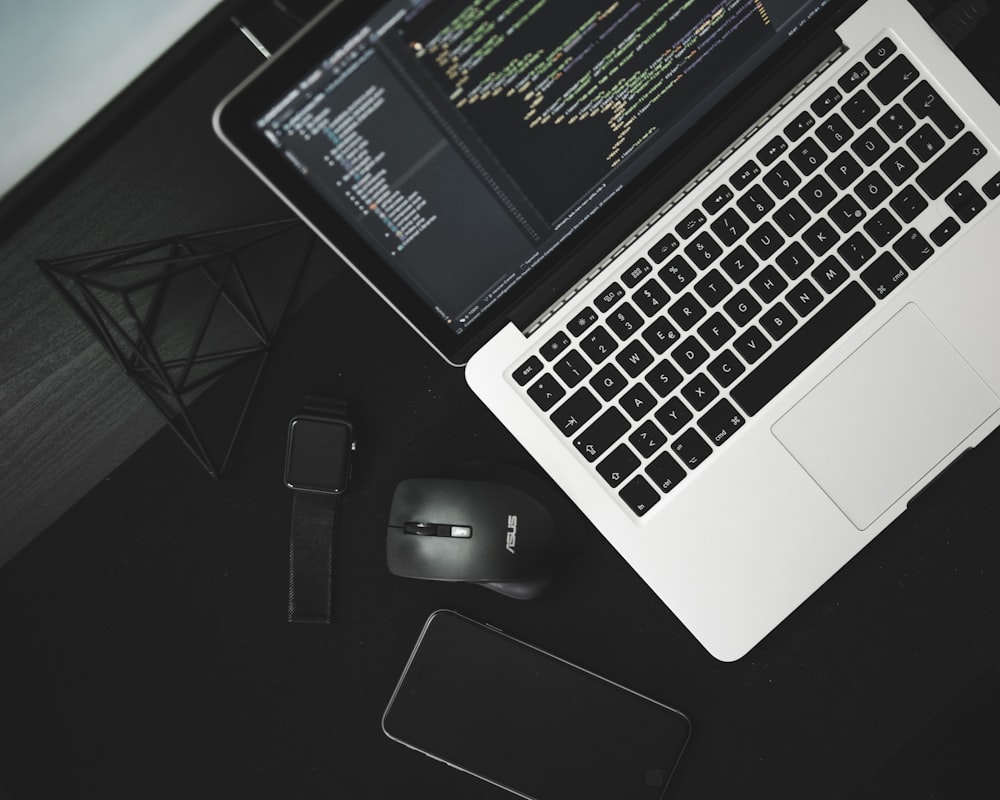
Exterminating Scratch Disk Errors On Your Mac
Scratch disk is the space on your hard disk drive used to store temporary user data. Its management is dynamic, has no backup, and is occasionally set to erase its data so that the disk is accessible for future use.
Why Is Scratch Disk Space Needed?
Sizeable, intensive apps need scratch disk space as virtual memory when there’s not enough RAM. The scratch disk keeps the app’s files temporarily while performing process-heavy tasks.
Scratch disk space is mainly used in scientific computing workstations and graphic design programs, like Photoshop, Premiere Pro, Final Cut Pro, etc.
Why Does Your Mac Keep Getting “Scratch Disk Is Full” Errors?

If you force-quit large applications that use scratch disk space, many temporary files remain in your device even after you quit working on that particular app. The most common reasons for these error messages are,
- Lack of space in the drive where the scratch disk is located
- The partition of the disk being used by the application in full
- Limited RAM allowed for the particular application
How To Fix Scratch Disk Errors?

According to MacKeeper, the immediate solution to fixing scratch disk errors is to free up some additional space on your Mac.
Since Photoshop is the most common application that uses scratch disk space, you can bet that it is the main culprit because of which you keep getting scratch disk errors. Click https://setapp.com/ and know more about this problem and its solution.
Here are some ways to scratch that “Scratch Disk Error” message from your Mac screens that cater mainly to Photoshop but applies to most programs that rely on scratch drives.:
1. Clear Your Cache
When the caches of Photoshop and other such apps aren’t removed automatically by the program, they can take up a lot of space on your scratch disk. To clear Photoshop cache manually,
- Enter Photoshop in Mac and open the image.
- Click the Edit menu button.
- Glide your mouse over the purge option. You will see four different cache classifications. These are Undo, Clipboard, Histories, and All.
- Know which category does what and select the specific item you want to delete or select “All” to delete all of your caches.
If an item is greyed out, it has already been deleted. Be sure before you click OK since you cannot undo the purge.
2. Clear Up Some Disk Space
Before investing money in another drive, look at your present drive contents to see if you can delete anything. Delete the old files you no longer need and free up some space. If deleting is not an option, you can transfer the files to external drives, DVDs, or cloud storage.
To manage storage space with your built-in Mac tools,
- Navigate to Apple Menu
- Select About This Mac
- Go to the Storage tab. There you will see the storage graph.
- Click on “Manage,” and you will see a list of recommendations, like using the Optimized Storage and Reduce Clutter option.
- Explore these recommendations and tools and look for files you can remove to optimize your space.
3. Delete Your Temporary Files
Photoshop and other apps’ temporary files waste space on your scratch disk.
To find and delete them,
- Go to Finder
- Click the Finder menu.
- Choose Go to Folder.
- Type / tmp in the field and press Enter. You could also search “Photoshop Temp” in your Finder search.
Here, you will find a list of files. If your work is saved and the program is closed, you can safely delete these files and free some needed scratch disk space.
4. Change Your Scratch Disk
If the free space on your Mac’sMac’s scratch disk seems to be depleting fast no matter what you do, it may be a very good idea to change your scratch disk place into another drive in your system. But don’t change it to your system drive, or that will slow your entire Mac down. To change your scratch disk in Photoshop,
- Click on the Photoshop menu.
- Go to Preferences
- Then select Scratch Disk.
- Tick the checkbox to appoint or remove a drive as the scratch disk.
- Click OK.
- Restart Photoshop.
5. Free Up Some RAM In Terminal
If your scratch disk using app gets paralyzed due to lack of RAM,
- Find the Terminal app in the Launchpad.
- Open the Terminal app.
- Paste in: sudo purge
- Enter your password.
This command flushes out your RAM, releasing all the files kept in virtual memory.
6. Reset Photoshop
You can ultimately reset Photoshop to its factory settings if all else fails. Keep in mind that this action will also reset your color and other settings to the original defaults. So you will need to start your work from the beginning after you reset the app. To reset Photoshop:
- Go to Photoshop
- Choose Preferences
- Select General
- Click Reset Preferences On Quit
- Click OK to confirm
- Restart Photoshop to proceed.
Use these above-mentioned handy methods, and never again you’ll have to see the words Could not finish your processing request because the scratch disks are overloaded on your Mac.
Conclusion:
Mac’s operating systems are pretty robust. But often, the users are facing trouble for lack of space in the scratch disk. This is a prevalent problem, but the mac’s operating systems are pretty robust. You can try these six easy tips to find out the problem areas and sort out your space problems.
Read Also:



















Post Your Comment